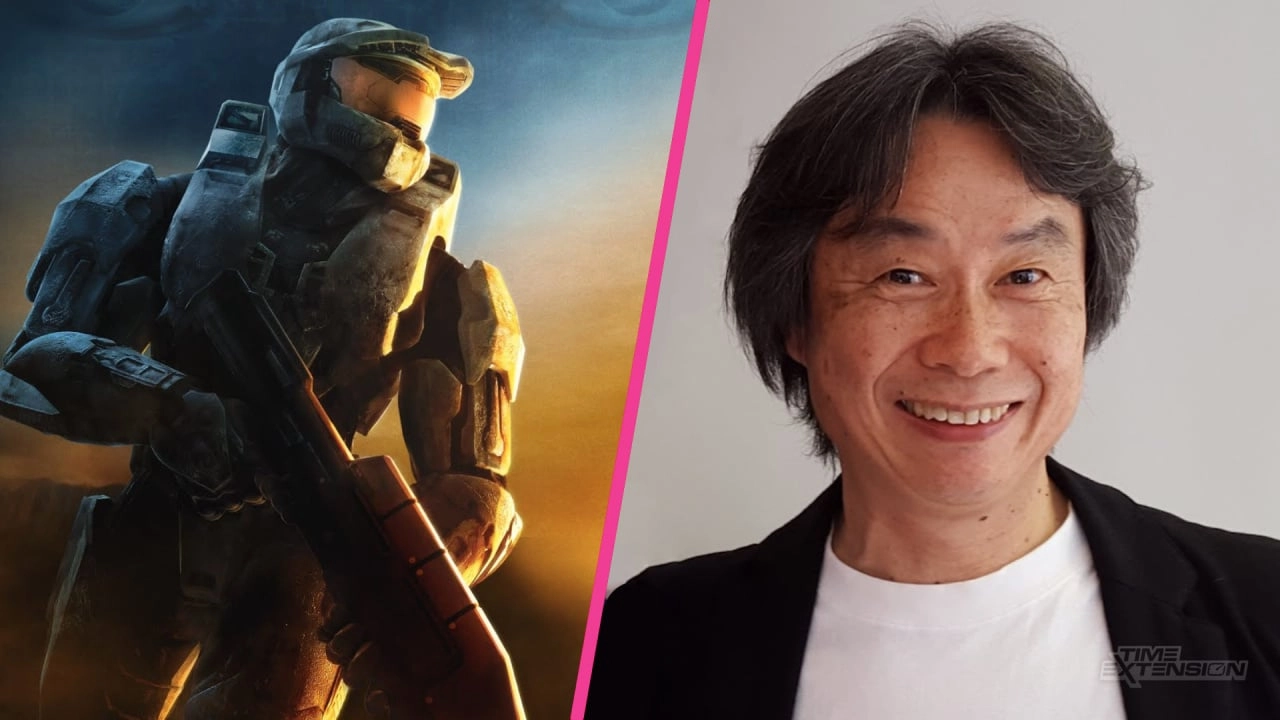
Shigeru Miyamoto, celebrated as one of the video game industry's legendary designers, is well-known for his role in creating iconic series like Zelda, Super Mario, Star Fox, and Pikmin. These franchises have not only achieved remarkable sales but have also significantly influenced the development of other video games.
Miyamoto has always displayed an inherent knack for understanding what makes a game enjoyable and has a history of approaching game design from a distinctly innovative angle. This innovative spirit has led to the creation of games that define genres and push the boundaries of interactive entertainment. However, despite his success, it’s interesting to note there are moments when Miyamoto reflects on industry trends and the work of his peers, particularly in relation to his own game design philosophy.
Back in 2007, in an interview with Entertainment Weekly, Miyamoto was probed about his thoughts on modern games that were capturing the attention of young American players—most notably the critically acclaimed first-person shooter, Halo, developed by Bungie. The game had set a new standard for the FPS genre and had become a cultural phenomenon. When asked whether he felt disconnected from the younger audience’s preferences, particularly in light of Halo’s success, Miyamoto offered a compelling response.
Miyamoto stated unequivocally that he was fully capable of designing a game like Halo if he so wished. His assertion wasn't rooted in a lack of ability or understanding of the genre. Rather, he emphasized that his reluctance was based on a choice—the deliberate decision to not follow in the design footsteps of popular games. His philosophy has always been to create unique gaming experiences that are enjoyable to play, not merely to clone what is currently popular or successful in the market.
It’s worth noting that the conversation with Miyamoto happened through a translator. As with any translation, there’s a possibility that the nuances of his thoughts might not have been perfectly conveyed. Nevertheless, Miyamoto's comments were clear: the heart of his game design is to innovate and create, not to replicate.
Following Miyamoto’s remarks, which certainly stirred discussions within the gaming community, a response came from Frank O'Connor of Bungie. O'Connor, with a humorous twist, declared that Bungie was then working on a side-scrolling platform game, humorously alluding to Miyamoto's most famous works involving Italian plumbers. His light-hearted reply reflected the healthy competitive spirit and mutual respect prevalent among game developers.
When the conversation turned towards the potential to tackle real-world issues in video games, Miyamoto pondered on the concept of a game centered on taxes. This idea seemed to stem from his observation of how the understanding of taxation varies across cultures. In his view, Japan lacked a widespread recognition of how taxation benefits society—an issue he presumably found ripe for exploration in a gaming context.
In the same interview, Miyamoto also touched upon his sentiments regarding the outsourcing of development for some titles within the franchises he had worked on, like F-Zero and Star Fox. He candidly expressed his disappointment with some of the outcomes of these collaborations.
This interview may be several years old, but reflecting on it provides valuable insights into Miyamoto's mindset as a creator at that time. It captures a snapshot of his creative philosophy and his commitment to pushing the frontiers of gaming, rather than conforming to prevailing trends.
Miyamoto's career continues to be a testament to his vision of creating distinctive and impactful gaming experiences—a philosophy that newer generations of game designers continue to admire and emulate. He remains an influential figure, and his work serves as a reminder that innovation and originality can coexist alongside tradition and popularity in video game design.
You must be logged in to post a comment!